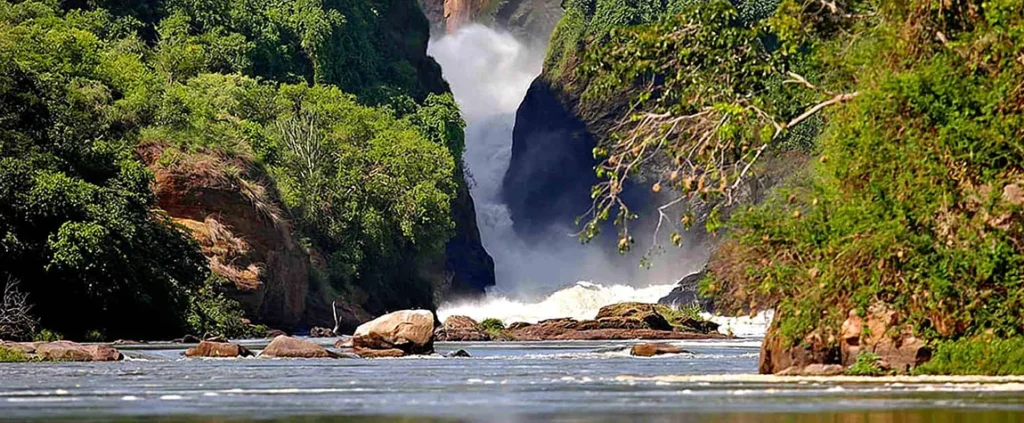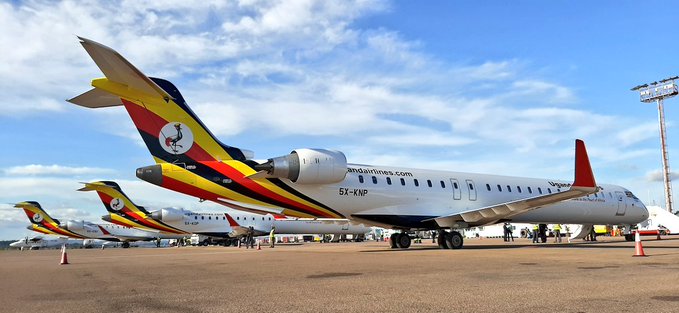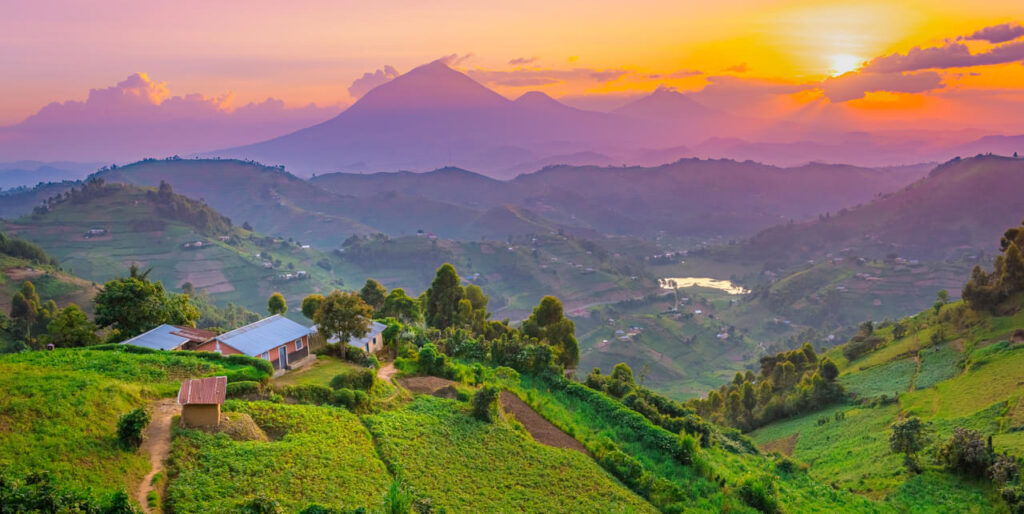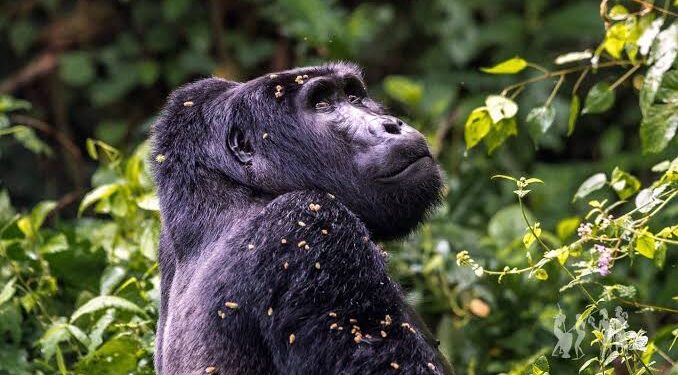Uganda is taking its place among Africa’s top tourism powerhouses—alongside Morocco, South Africa, Rwanda, Kenya, Tanzania, Ethiopia, and Algeria—as the continent undergoes a dynamic tourism transformation that’s reshaping global perceptions.
These countries are not only offering unique cultural experiences, but they are also investing heavily in infrastructure and global marketing strategies that make them more accessible than ever before. With an ever-expanding tourism sector, these destinations are drawing attention due to their rich histories, diverse landscapes, and the growing number of world-class events and services they offer. This newfound prominence is making Africa a must-visit continent, attracting tourists eager to explore its beauty and potential
The African continent is experiencing a notable surge in tourism, driven by several key factors that have transformed its image and appeal to global travellers. This increase in visitor numbers marks a shift in how Africa is perceived as a travel destination, as more people are discovering the continent’s rich cultural, natural, and historical offerings. With tourism numbers on the rise, Africa is slowly but surely challenging longstanding stereotypes about the region.

From its iconic mountain gorillas to vibrant cultural festivals, Uganda is drawing increasing numbers of international visitors, thanks to a deliberate national strategy that blends conservation, culture, and infrastructure investment. The country is now part of a broader African movement that is revolutionising tourism through improved accessibility, global marketing, and unique visitor experiences.
In 2023, more than 50 million tourists visited nine leading African destinations, signalling a seismic shift in the continent’s appeal. For Uganda, tourism is no longer just about wildlife safaris in Queen Elizabeth or Bwindi; it’s about promoting the country as a multifaceted destination, from adventure travel and heritage tourism to religious pilgrimages and culinary experiences.
Sports, Safaris, and Strategic Investments
As Africa eyes a greater role on the global sporting stage—with Morocco co-hosting the 2030 FIFA World Cup and Rwanda and South Africa pushing to join the Formula 1 calendar—countries like Uganda are aligning themselves with this momentum. With new stadiums, cultural showcases, and sporting events on the rise, sports tourism is fast becoming a growth frontier.

These large-scale events are not just raising awareness of Africa as a travel destination but are also encouraging significant infrastructure development. The increased demand from tourists attending these events is prompting the construction of world-class facilities and transportation networks, ensuring the continent is ready to handle large crowds.
In tandem with the rise in tourism, global hotel chains and luxury brands are increasingly eyeing Africa for expansion, particularly in the realm of safaris. Marriott, one of the world’s largest hotel chains, has opened 130 properties across 20 African countries, including popular destinations like Cape Verde, Tanzania, and Uganda.
Uganda has also benefited from the entry of global hospitality brands. Marriott and other hotel chains are setting up in key cities and near tourist hotspots, boosting the country’s ability to host both luxury and mid-range travellers. This signals a broader shift towards tourism that is not only high-end but also accessible to younger and budget-conscious visitors.

However, the expansion of large brands into African tourism is not without controversy. Marriott faced backlash for opening a hotel in the Masai Mara National Reserve in Kenya, a move critics argue could harm the integrity of the natural environment and local cultures. Despite this, the overall influx of global brands is helping to modernise the tourism infrastructure across the continent, making safaris and other African adventures more accessible to a wider range of travellers.
Affordability and Access
For many years, African travel was synonymous with high costs, limiting it to the affluent and those with substantial disposable income. However, this image is rapidly changing. Today, an increasing number of younger, middle-income travellers are flocking to Africa, particularly for safari holidays. This shift is made possible by advancements in global air travel and the availability of more cost-effective travel packages that cater to a broader demographic.
Where African travel was once seen as costly and exclusive, countries like Uganda are proving that tourism can be both affordable and enriching. Improved regional connectivity, better infrastructure, and innovative travel packages have opened up the country to middle-income domestic and foreign travellers.

Efforts to liberalise Uganda’s tourism sector, including e-visas, improved airport facilities, and aggressive destination marketing, are paying off. Uganda’s participation in regional initiatives like the East African Tourist Visa is also making it easier for cross-border tourism within the EAC bloc.
Social Media and Image Reinvention
The rise of social media platforms such as Instagram and TikTok has had a profound impact on how Africa is portrayed to the outside world. Traditional travel agents and brochures no longer hold a monopoly over the dissemination of travel information. Instead, influencers and travel bloggers are now documenting their African journeys, showcasing destinations that were once overlooked or misunderstood.

Platforms like Instagram and TikTok allow travellers to share real-time experiences of places like Ethiopia, Somalia, and Algeria, providing a more authentic and diverse perspective of Africa. These first-hand accounts challenge outdated perceptions and demonstrate the continent’s cultural richness and natural beauty. As a result, the willingness to travel to Africa is growing, as more people are exposed to the continent’s hidden gems through social media.
Social media has played a critical role in amplifying Uganda’s tourism appeal. Travel influencers and content creators are showcasing the country’s landscapes, wildlife, cuisine, and communities in real-time on platforms like Instagram and TikTok. These digital narratives are changing outdated stereotypes and presenting Uganda as a vibrant, safe, and welcoming destination.
From scenes of gorilla trekking in Bwindi to serene moments on Lake Bunyonyi, Uganda’s social media presence is increasingly curated by travellers themselves, providing authentic, visual testimonials that attract even more global attention.

Coastal and River Tourism on the Rise
Africa’s stunning coastline, stretching over 30,000 km, is another key factor attracting tourists to the continent. The growth of coastal cruising in recent years has opened up new ways for travellers to explore the continent. With more tour operators and cruise companies offering itineraries along Africa’s shores, tourists now have the opportunity to experience the beauty of the continent’s islands, fishing villages, and pristine beaches.
Coastal cruises are becoming an increasingly popular way to experience Africa’s coastal regions in comfort and style. From the crystal-clear waters of the Indian Ocean to the vibrant Mediterranean coast, Africa offers a diverse range of coastal experiences. These cruises often include stops at lesser-known destinations, allowing travellers to discover hidden treasures and experience the continent’s rich marine life and unique ecosystems. As more cruise companies expand their offerings, coastal tourism is expected to become one of Africa’s most popular travel options in the near future.

Morocco, South Africa, Rwanda, Kenya, Tanzania, Uganda, Ethiopia, and Algeria are spearheading Africa’s tourism boom, attracting visitors with their rich cultures, stunning landscapes, and significant investments in infrastructure. These countries are transforming Africa into a must-visit destination for global travellers.
While Uganda is landlocked, it’s not missing out on the rise of aquatic tourism. The country is capitalising on its lakes and rivers, particularly the Nile, with an emerging cruise and water-based tourism segment. River cruises along the Nile and adventure activities like white-water rafting in Jinja are attracting thrill-seekers and nature lovers alike.

Looking Ahead
With deliberate efforts by the Uganda Tourism Board (UTB), the Ministry of Tourism, and private sector partners, Uganda is set to play a leading role in Africa’s tourism resurgence. Its positioning as a nature, culture, and adventure destination aligns with the continent’s overall transformation—from a niche safari option to a mainstream tourism hub.
As Uganda continues to attract international brands, host cultural events, and engage in global tourism partnerships, it is poised to become not just a gateway to East Africa but a must-visit destination in its own right.

Credit: TravelandTourWorld.com











